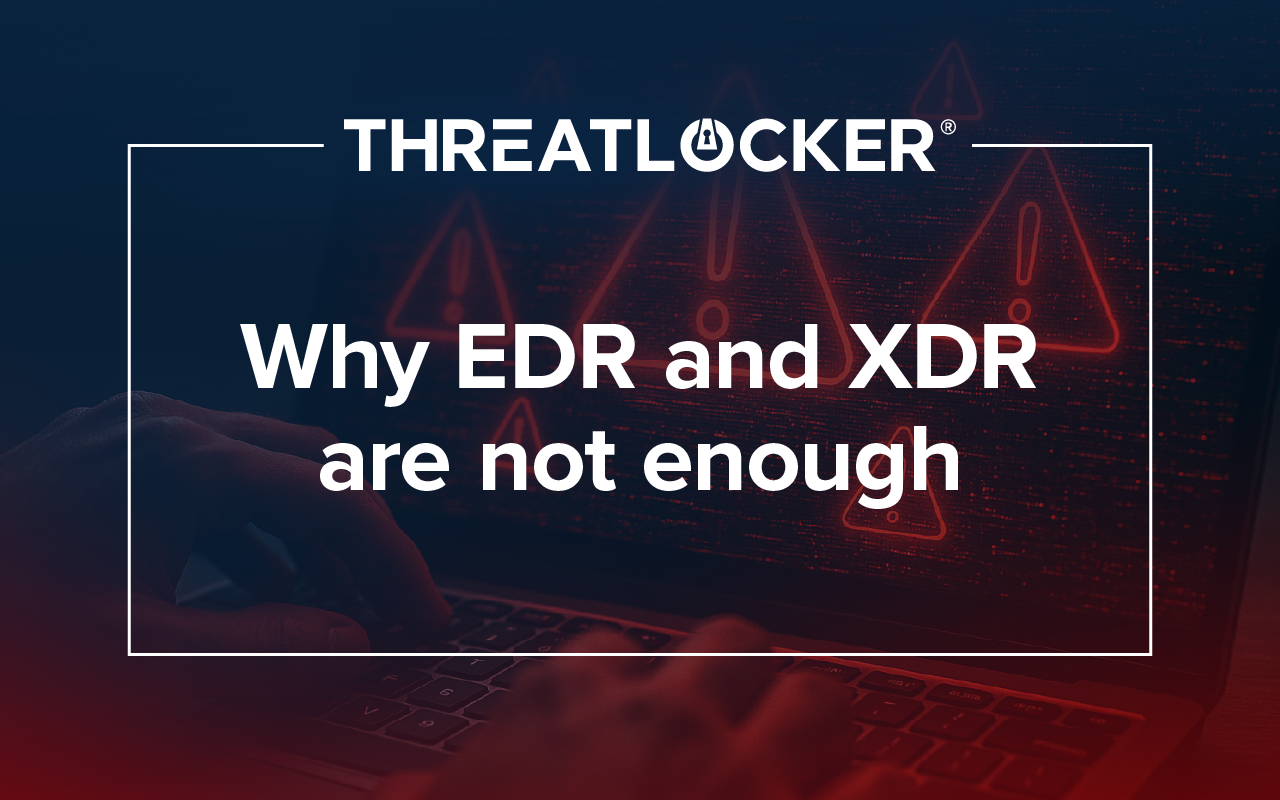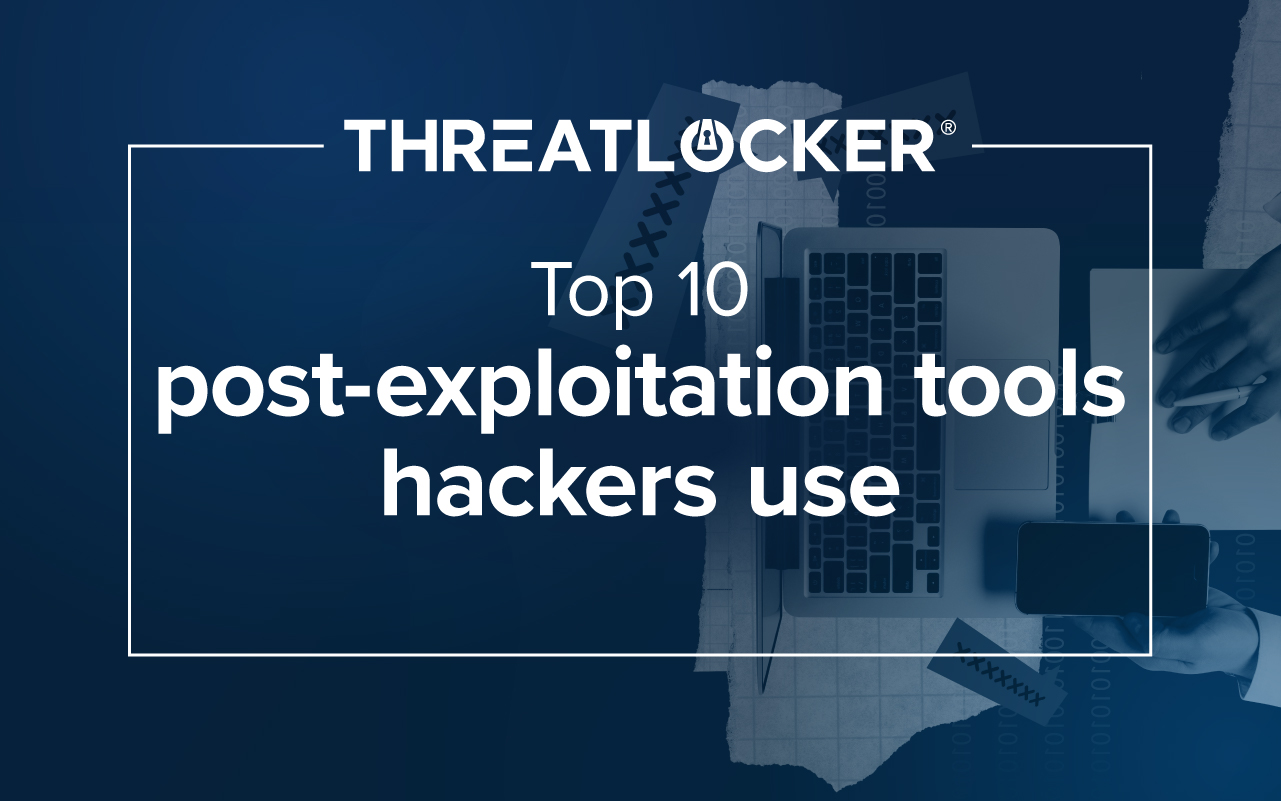Table of contents
What Is EDR?
Endpoint Detection and Response (EDR) monitors and records activities and workloads taking place on a device. Using various techniques, EDRs will work to detect any suspicious activity and respond accordingly. EDR enables IT administrators to view suspicious activity in near real-time across an organization's endpoints. Focusing on behavioral patterns and unusual activity, EDRs will work to block threats and protect devices. Many organizations rely on EDRs to make them aware of and protect themselves from any emerging cyber threats on their endpoints.
How Does EDR Work?
The logging capabilities of EDR solutions can provide up-to-date, real-time insights into endpoints, as well as always being on the lookout for emerging threats.
Primary EDR Functions:
- Monitor and collect activity data from endpoints that might pose a threat
- Analyze data and work to identify any threat patterns
- Automatically respond to any identified threat, work to remove or contain them as well as notify security personnel
- Forensics and analysis tools to research identified threats and search for suspicious activities
Is EDR Enough?
While an EDR may seem like a great tool, as with all solutions, it’s often not enough to rely on alone. Many EDRs provide excellent logging and diagnostics for IT administrators; however, when it comes to responding to threats, the fact remains that there is still a decision being made as to what is good and bad behavior.
When an EDR detects a problem, it often looks for a known threat, using signatures, heuristics, or behavioral patterns to decide if something can be trusted. While this approach may work the majority of the time, for new and emerging cyberattacks and zero-day exploits, it must get these decisions right 100% of the time. By definition, a zero-day attack is an attack that uses a previously unknown vulnerability to gain access or cause damage to your systems. This can make it difficult for the EDR to detect malicious activity.
This is why organizations should implement a Zero Trust endpoint security solution in addition to their EDR solution.
How Does a Zero Trust Security Solution Help?
A Zero Trust security solution like ThreatLocker® focuses on blocking everything and only allowing the applications required as well as limiting application interactions. While a Zero Trust solution can work seamlessly and independently, it also compliments an EDR or XDR solution. When ThreatLocker® is paired with an EDR or XDR, both unknown and known threats will be blocked immediately and anything that is detected would result in a notification to alert your security operations center to check for any further action needed.
Lanny Hart, Technical Architect & IT Security Officer at Ice Technologies, recently shared that their main challenge before using ThreatLocker was making sure their endpoint security level was where it needed to be. He stated that “about the same time we deployed ThreatLocker, we switched our traditional anti-virus solution to an EDR solution, and those two changes pretty much went hand-in-hand.” Hart expressed his satisfaction with the transition to pairing an EDR and Zero Trust security product like ThreatLocker, saying, “I felt very good about those changes we made, and making our endpoint security offerings more robust.”
Want to take your EDR solution to the next level with ThreatLocker?
Contact the Cyber Hero Team to take your first step today!





